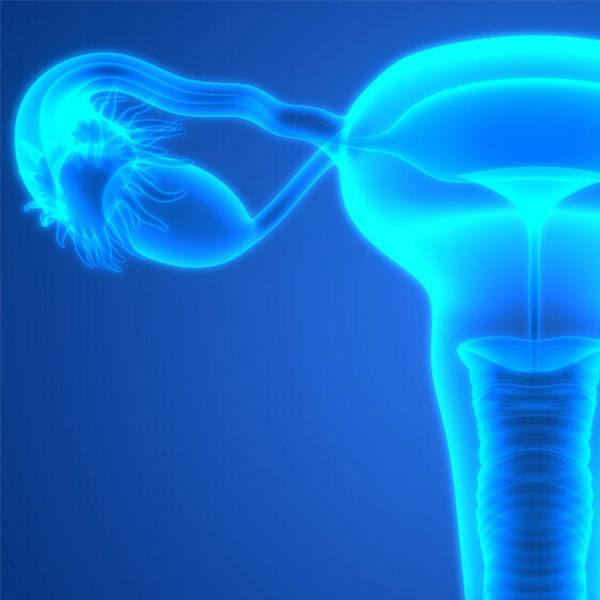-

Osteoarthritis and You: Mayo Clinic Experts Offer Tips for Prevention, Coping
ROCHESTER, Minn. — Oct. 8, 2013 — Most everyone is bound to get osteoarthritis — if they live long enough. That old saying among arthritis experts is backed up by the numbers. The painful and often debilitating joint condition is the most common form of arthritis. It affects at least 27 million Americans, and one form — knee osteoarthritis — may afflict as many as 1 in 2 people at some point in their lives. Obesity, joint injuries, joint overuse, a family history and simply aging are among risk factors. To mark World Arthritis Day on Oct. 12, Mayo Clinic rheumatologist Shreyasee Amin, M.D., and orthopedic surgeon Aaron Krych, M.D., offer these tips for preventing and coping with osteoarthritis:
Prevention: Achieve a healthy weight to take a load off your joints.
"Every pound lost can result in up to a 4-pound reduction in the load on the knee," Dr. Amin says.
Other prevention tips: Do exercises to strengthen muscles around joints and preserve your range of motion; use assistive devices such as special grips to open jars and protect finger joints or knee braces or a cane to ease the burden on your knees; maintain overall fitness through low-impact aerobic exercises, such as bicycling and water exercises; and, if you are an athlete, learn techniques to protect your muscles and joints.
"Many people who injure their anterior cruciate ligament (ACL) are at risk of developing post-traumatic osteoarthritis. The best strategy is to prevent ACL injuries by participating in screening and prevention programs, especially for high-risk athletes," says Dr. Krych, who with other Mayo researchers is taking part in anArthritis Foundation-funded study to analyze damaged knee cartilage after ACL injuries, before osteoarthritis sets in.
Coping: Water-based exercises such as swimming, walking in water and water aerobics are good ways to get a workout while taking it easy on joints, such as your knees. Tai chi and yoga can strengthen muscles and help maintain balance. Walking, taking care to wear shoes that provide proper cushioning and insoles for your type of osteoarthritis, is another exercise option.
"It could be good to meet with a physical therapist to get a tailored exercise program," Dr. Amin says. "If you're able to do exercises that you enjoy, you're more likely to do them."
Making adjustments to your home and workplace may help with daily tasks. Depending on your osteoarthritis issues, an ergonomiccomputer keyboard and mouse may make a difference. If osteoarthritis is making life difficult at home or work, making a list of those challenges and working with an occupational therapist can help, Dr. Amin suggests.
Dr. Krych notes evidence that heavy lifting may further harm an arthritic knee. If you must lift heavy objects, he suggests using the following technique:
*Lift with your legs, not your back. Bend at the knees, never at the waist. *Position feet shoulder-width apart, and stand as close as possible to the object you're lifting. *Contract your abdominal muscles and breathe out when you lift, to support your back. *Hold the object close to your body as you lift. *Don't twist or bend while lifting a heavy object.
If your job involves frequent heavy lifting, balance training, body mechanics training, coordination exercises or posture stabilization work may be helpful to maintain range of motion and improve flexibility, strength and endurance, Dr. Krych says.
###
About Mayo Clinic
Recognizing 150 years of serving humanity in 2014, Mayo Clinic is a nonprofit worldwide leader in medical care, research and education for people from all walks of life. For more information, visit 150years.mayoclinic.org, www.mayoclinic.org and newsnetwork.mayoclinic.org.
MEDIA CONTACT:
Sharon Theimer, Mayo Clinic Public Affairs, 507-284-5005, newsbureau@mayo.edu







